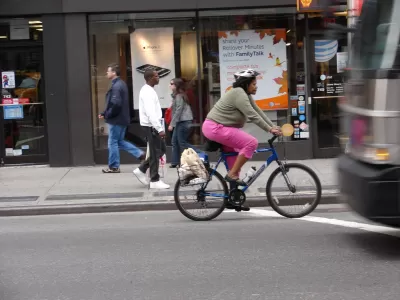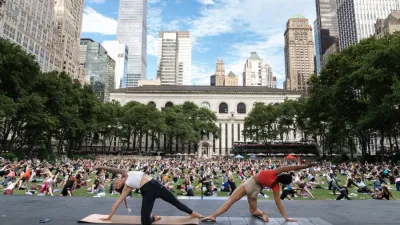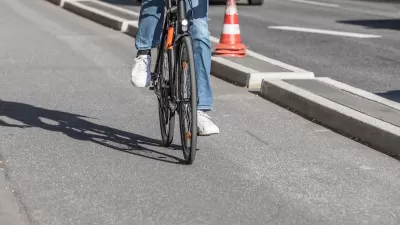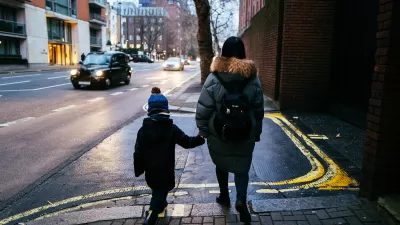New analysis of National Household Travel Survey data shows that the United States has a long way to go to overcome the dominance of the automobile for daily travel.

A new study published by the Journal of Transport & Health documents changes in walking and cycling for daily travel among U.S. residents between 2001 and 2017. The study, published in the March 2020 volume of the journal, uses National Household Travel Survey (NHTS) data to examine the extent to which rates of walking and cycling have changed along demographic, socioeconomic, and geographic lines.
According to the abstract and highlights from the study, the findings of the analysis include the finding that slightly more Americans are walking every day and cycling stayed steady. "There was substantial demographic, socioeconomic, and spatial variation for each year and over time," according to the post.
The lack of progress in substantially changing the numbers of walkers and bikers, however, inspires the author of the study to call on government officials to invest more in bike and pedestrian infrastructure.

Alabama: Trump Terminates Settlements for Black Communities Harmed By Raw Sewage
Trump deemed the landmark civil rights agreement “illegal DEI and environmental justice policy.”

Planetizen Federal Action Tracker
A weekly monitor of how Trump’s orders and actions are impacting planners and planning in America.

Why Should We Subsidize Public Transportation?
Many public transit agencies face financial stress due to rising costs, declining fare revenue, and declining subsidies. Transit advocates must provide a strong business case for increasing public transit funding.

Understanding Road Diets
An explainer from Momentum highlights the advantages of reducing vehicle lanes in favor of more bike, transit, and pedestrian infrastructure.

New California Law Regulates Warehouse Pollution
A new law tightens building and emissions regulations for large distribution warehouses to mitigate air pollution and traffic in surrounding communities.

Phoenix Announces Opening Date for Light Rail Extension
The South Central extension will connect South Phoenix to downtown and other major hubs starting on June 7.
Urban Design for Planners 1: Software Tools
This six-course series explores essential urban design concepts using open source software and equips planners with the tools they need to participate fully in the urban design process.
Planning for Universal Design
Learn the tools for implementing Universal Design in planning regulations.
Caltrans
Smith Gee Studio
Institute for Housing and Urban Development Studies (IHS)
City of Grandview
Harvard GSD Executive Education
Toledo-Lucas County Plan Commissions
Salt Lake City
NYU Wagner Graduate School of Public Service





























